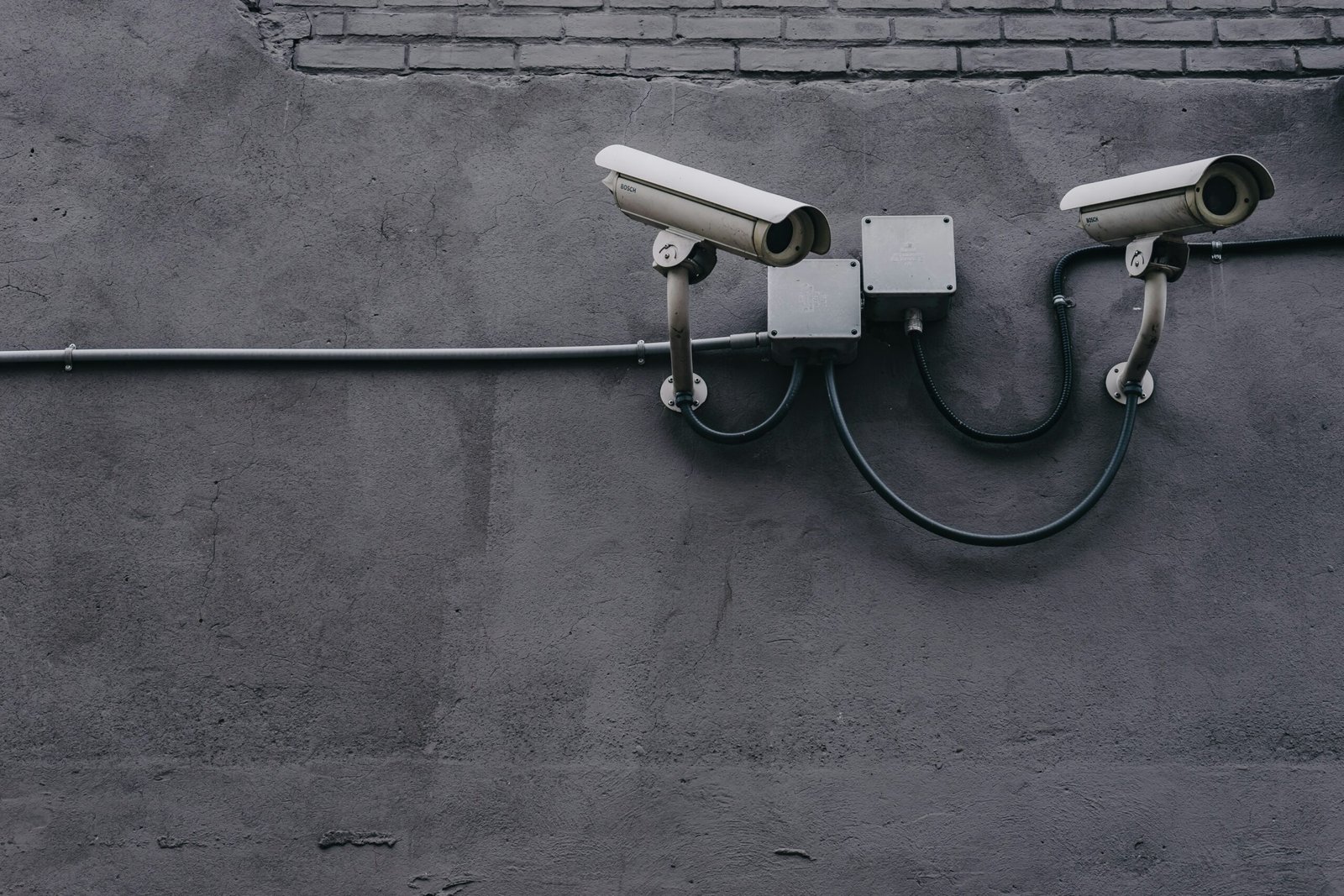
Understanding the Border Security Act Fee
Understanding the Border Security Act Fee is crucial for any traveler planning to enter the United States. This fee, which was established as part of the Consolidated Omnibus Budget Reconciliation Act of 1985 (COBRA), serves a specific purpose: funding various border security and immigration enforcement activities.
Who is Subject to the Fee?
When it comes to the Border Security Act Fee, it’s important to note that not all travelers are subject to it. The fee is only imposed on certain individuals entering the United States. These individuals include non-immigrant visa holders, such as tourists, business travelers, and students, as well as certain categories of immigrants.
Purpose of the Fee
The purpose of the fee is to ensure that the United States has the necessary resources to maintain and enhance border security measures. This includes activities such as the deployment of additional border patrol agents, the implementation of advanced screening technologies, and the improvement of infrastructure at ports of entry.
Allocation of Funds
By collecting the Border Security Act Fee, the government can allocate the necessary funds to strengthen border security and immigration enforcement efforts. This, in turn, helps to safeguard national security, protect American citizens, and regulate the flow of individuals entering the country.
Awareness and Implications for Travelers
It’s important for travelers to be aware of the Border Security Act Fee and understand its implications. The fee is typically collected at the time of visa application or at the port of entry, depending on the traveler’s circumstances. The amount of the fee may vary depending on the type of visa or immigration status, and it is subject to change over time.
Travelers should also keep in mind that the Border Security Act Fee is separate from other fees and requirements associated with the visa application process. It is essential to review the specific visa requirements and fees applicable to your situation to ensure compliance.
Exemptions and Exceptions
Additionally, there are other categories of individuals who are exempt from paying the Border Security Act Fee. These include:
- Members of international organizations and their immediate family members
- Individuals traveling on A-1, A-2, C-2, C-3, G-1, G-2, G-3, G-4, NATO-1, NATO-2, NATO-3, NATO-4, or NATO-6 visas
- Individuals traveling on O, P, or Q visas for certain purposes, such as athletes, artists, entertainers, and participants in cultural exchange programs
- Students traveling on F or M visas
- Individuals traveling on K visas as the fiancé(e) or spouse of a U.S. citizen
- Individuals traveling on certain types of visas for medical treatment or to attend conferences, seminars, or workshops
It is important to note that the exemptions to the Border Security Act Fee are subject to change and it is advisable to check with the U.S. Customs and Border Protection (CBP) or consult with an immigration attorney to determine if you are eligible for an exemption.
Collection Process and Payment
The Border Security Act Fee is collected as part of the electronic system for travel authorization (ESTA) process for individuals traveling under the Visa Waiver Program. The fee is currently $14 and is payable online through the ESTA website. It is important to pay the fee before traveling to the United States to ensure a smooth entry process at the border.
Failure to pay the Border Security Act Fee when required may result in denial of entry into the United States or other immigration consequences. Therefore, it is essential to understand the fee requirements and comply with them to avoid any complications during your travel.
Exceptions to the Fee
However, there are certain exceptions to the Border Security Act Fee. Children under the age of two are exempt from paying the fee. Additionally, certain categories of travelers, such as diplomats and individuals traveling on official government business, may also be exempt from paying the fee.
History and Changes to the Fee
The Border Security Act Fee was implemented as part of the Consolidated Omnibus Budget Reconciliation Act (COBRA) in 1986. Its purpose is to help fund the costs associated with maintaining and improving border security measures, including the inspection and processing of travelers entering the United States.
Over the years, the fee has undergone several changes. In the past, the fee amount varied depending on the mode of transportation. For example, travelers entering the United States by air paid a different fee than those entering by sea or land. However, in 2014, the fee was standardized to $4.00 for all travelers, regardless of their mode of transportation.
The fee is collected by the Department of Homeland Security (DHS) and is used to support various border security initiatives. These initiatives include the deployment of additional border patrol agents, the implementation of advanced technology systems for border surveillance, and the improvement of infrastructure at ports of entry.
Role in Enhancing Border Security
Furthermore, the Border Security Act Fee plays a crucial role in the development and implementation of programs and initiatives to enhance border security. One such program is the construction and maintenance of physical barriers along the border, such as walls and fences, to deter unauthorized crossings.
In addition to physical barriers, the fee is utilized to invest in advanced surveillance technology. This includes the deployment of cameras, sensors, and drones to monitor border activity and detect any potential security threats. By leveraging these technological advancements, border patrol agents can better identify and apprehend individuals involved in illegal activities, such as drug smuggling or human trafficking.
Moreover, the Border Security Act Fee supports the training and recruitment of border patrol agents and immigration officers. This includes providing resources for comprehensive training programs, equipping personnel with the necessary tools and equipment, and offering competitive salaries and benefits to attract qualified individuals to join the ranks of border security and immigration enforcement agencies.
Additionally, a portion of the fee is allocated towards improving the infrastructure and facilities at ports of entry. This involves upgrading inspection and processing systems to expedite the entry of legitimate travelers and goods while maintaining strict security measures. By investing in modern technology and infrastructure, the fee aims to enhance the overall efficiency and effectiveness of the immigration system, facilitating lawful travel and trade.
Furthermore, the Border Security Act Fee is instrumental in supporting international cooperation and collaboration on border security issues. It funds initiatives that promote information sharing and intelligence gathering between the United States and its international partners. By working together, countries can address transnational threats more effectively, such as organized crime syndicates and terrorist networks that exploit vulnerabilities in border security.
In conclusion, the Border Security Act Fee serves multiple purposes in safeguarding the nation’s borders and enforcing immigration laws. It funds a wide range of activities, including the construction of physical barriers, investment in advanced surveillance technology, training and recruitment of personnel, improvement of infrastructure and facilities, and international cooperation efforts. By allocating resources to these areas, the fee aims to enhance border security, prevent illegal immigration, combat human trafficking and smuggling, and improve the overall efficiency of the immigration system.
Collection Process at Ports of Entry
Once the travelers have completed the immigration process, they proceed to the designated area where the Border Security Act Fee is collected. This area is usually located near the immigration booths and is clearly marked with signs and information regarding the fee payment process.
If the fee is collected electronically, travelers can make the payment using credit or debit cards at self-service kiosks. These kiosks are equipped with secure payment systems that ensure the privacy and security of the travelers’ financial information. The process is quick and efficient, allowing travelers to proceed with their journey without unnecessary delays.
For those who prefer to pay in cash, designated cash payment counters are available. These counters are staffed by trained personnel who assist travelers in making the payment and provide any necessary information or clarification regarding the fee. The cash payment process is straightforward, with clear instructions provided to ensure accuracy and transparency.
It is important to note that the Border Security Act Fee is a mandatory requirement for all eligible travelers entering the United States. Failure to pay the fee can result in denial of entry or other legal consequences. Therefore, it is essential for travelers to be aware of the fee and ensure they have the necessary funds or payment methods available when arriving at a U.S. port of entry.
Additionally, it is worth mentioning that the Border Security Act Fee is subject to change. The U.S. government periodically reviews and adjusts the fee to reflect changes in security measures and operational costs. Travelers should stay informed about any updates or changes to the fee to avoid any surprises or misunderstandings during their travel.
In conclusion, the collection of the Border Security Act Fee is a standard procedure implemented at U.S. ports of entry to ensure the security and integrity of the nation’s borders. By collecting this fee, the government is able to fund crucial border security measures and maintain the safety of both citizens and visitors. Travelers should familiarize themselves with the fee payment process and be prepared to comply with the requirement when entering the United States.

